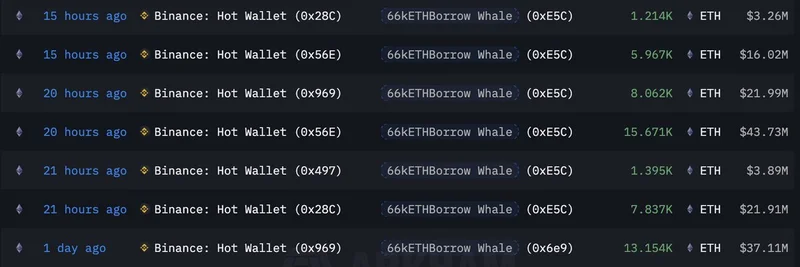If you're into crypto and wondering where the big money is headed next, you need to check out the latest episode of the DROPS podcast. Hosted by MR SHIFT, this episode features Shaaran from Multipli, diving deep into why trillions of dollars are about to flood on-chain. It's a fascinating chat that connects the dots between stablecoins, tokenization, and the quest for yield in a way that's easy to grasp, even if you're not a finance whiz.
The episode kicks off with Shaaran's origin story. Picture this: a 13-year-old kid hacking away at Solidity code—the programming language behind Ethereum smart contracts. Fast forward, and he's built an exchange serving a million users. Shaaran shares how he first got hooked on Ethereum, left the space for a bit, and came back with even more fire. It's inspiring stuff, showing how passion for blockchain can turn into a career building real-world solutions.
One of the juiciest parts is when they tackle stablecoins. You know, those digital dollars like USDT or USDC that are supposed to hold steady at $1? Shaaran explains why they're not as "stable" as they seem. Holding stablecoins means you're essentially losing out on 5% annual yield due to inflation or opportunity costs. He breaks it down simply: if you're parking your money in stables, you're missing out on potential earnings elsewhere.
Then comes the bold comparison—likening the US debt system to a Ponzi scheme. Don't worry, it's not as scandalous as it sounds at first. Shaaran describes how the government issues debt to pay off old debt, relying on constant new inflows. This system kicked off decades ago, and with interest rates potentially jumping from 5% to 10%, it could strain things further. But here's the twist: if rates drop, it might ease up, but the underlying mechanics remain the same.
Why does all this matter for crypto? Shaaran points out that the US actually wants more stablecoin adoption. It helps export dollar dominance globally without the traditional banking hurdles. However, there's a catch with yields—regulations prevent passing on interest from underlying assets like Treasuries to stablecoin holders. That's where the "Yield Bill" comes in, a proposed law that could change that, but it's facing roadblocks.
The conversation heats up with tokenization, the process of turning real-world assets (RWAs) like gold, oil, or even bank reserves into digital tokens on the blockchain. Imagine trillions in bank deposits getting tokenized—why? Because it makes assets more liquid, transferable, and accessible 24/7. But right now, many tokenized assets offer 0% yield, which Shaaran explains like this: "It's like having money in a checking account—no interest, just safety and convenience."
Once everything's tokenized, the game changes. Enter the "global hunt for yield," where investors chase returns on-chain. This is where Multipli shines. Shaaran describes it as infrastructure that lets any asset—Bitcoin, gold, RWAs—generate transparent, risk-adjusted yields. Think overcollateralized lending, where you put up more collateral than you borrow to minimize risk. For example, Multipli might let you earn 3-4% on your assets with built-in safeguards.
Shaaran even explains Multipli to his mom: "It's like a smart savings account for your crypto that earns interest safely." They touch on BlackRock's ETF success, cracking the code on bringing traditional finance into crypto. And with Bitcoin already in their protocol, it's clear Multipli is positioning itself for the influx.
What does this mean for the meme token world? As more assets move on-chain and yields become accessible, it could supercharge liquidity in the ecosystem. Meme coins, often seen as high-risk plays, might benefit from this infrastructure, allowing holders to earn yields on their positions or use them as collateral. It's a bridge between fun, viral tokens and serious financial tools.
If you're building in blockchain or just curious about the next big shift, this episode is a must-watch. Head over to the original tweet for the full video and timestamps to jump to your favorite parts. Multipli is one to watch as crypto evolves from speculation to real utility.




